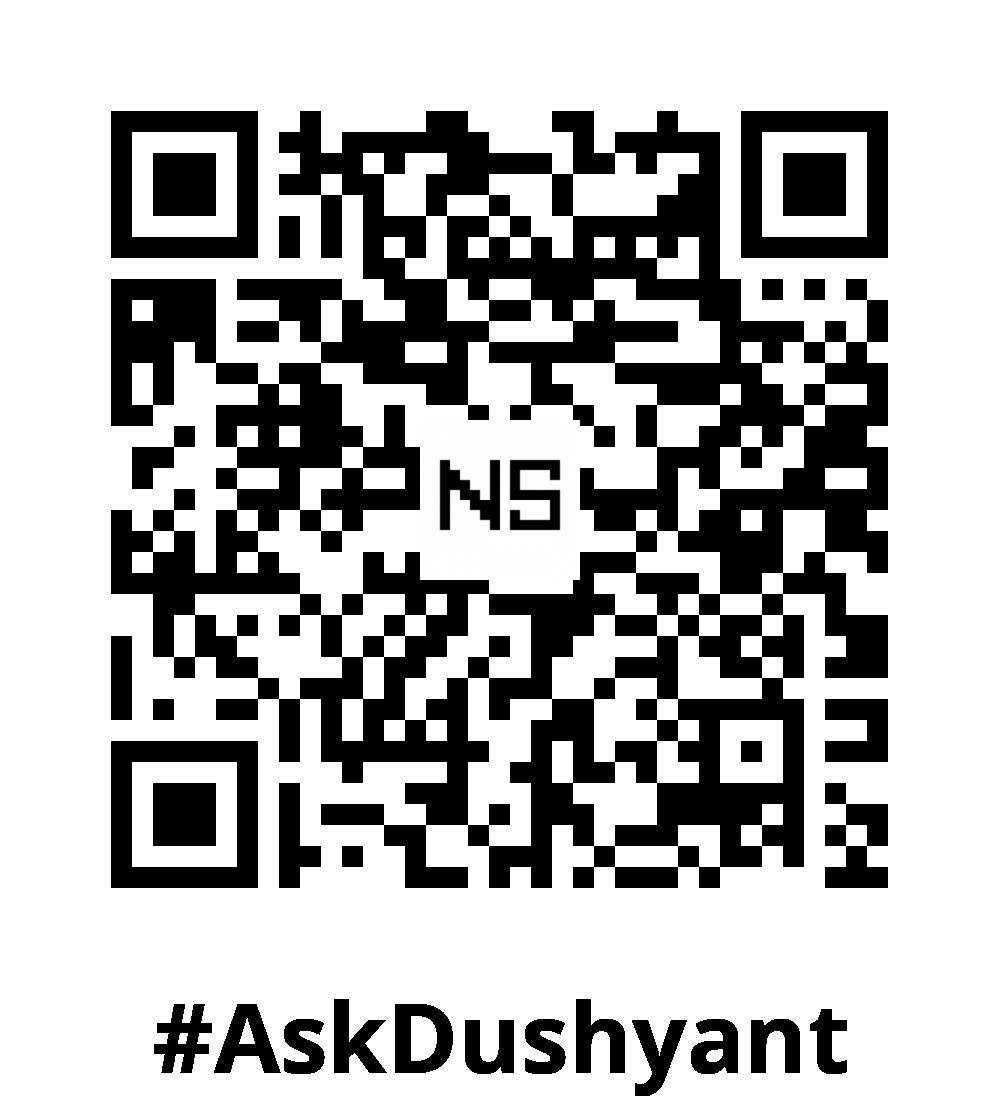Over the last 18+ years, I have focused my tech career on developing innovative solutions, frequently writing custom utility code that fetch data easily and efficiently. If you’re looking for a quick, easy, and effective way to get video data from a YouTube channel, using RSS feeds is a fantastic option. RSS feeds allow you to gather important information like video titles, URLs, and publish dates without complex web scraping techniques.
In this tech guide, we will create a parser using Python, along with the feedparser library, to fetch and extract YouTube channel data using its RSS feed. By the end of this post, you’ll have a tool that can efficiently gather recent video details from any YouTube channel, allowing you to integrate this information into your projects or applications.
Why Use RSS Feeds for YouTube Data?
YouTube offers an RSS feed for every channel, and this feed contains essential details about recent uploads. The benefits of using RSS feeds include:
- Easy Access: No need to worry about scraping HTML or handling JavaScript-rendered data.
- Efficiency: RSS feeds are lightweight and provide structured information in XML format.
- Reliability: Since it’s an official YouTube feature, you won’t have to worry about legal issues or site changes breaking your code.
Tools You’ll Need
For this tutorial, you will need the following tools:
- Python: The programming language used to write the script.
- feedparser: A Python library used to parse RSS feeds and extract data from them.
You can install the feedparser library using the following command:
pip install feedparserStep-by-Step Guide to Fetch YouTube Channel Data Using RSS
Step 1: Get the YouTube Channel RSS Feed URL
Every YouTube channel has an associated RSS feed URL. The format of the RSS feed URL is as follows:
https://www.youtube.com/feeds/videos.xml?channel_id=<channel_id>To get the channel ID of a YouTube channel:
- Go to the YouTube channel page.
- Look at the URL, and you’ll find the channel ID after
/channel/.
For example, if the channel URL is:
https://www.youtube.com/channel/UC1234567890The RSS feed URL would be:
https://www.youtube.com/feeds/videos.xml?channel_id=UC1234567890Step 2: Parse the RSS Feed with feedparser
Once you have the channel’s RSS feed URL, you can use the feedparser library to parse it and extract the video information.
Here’s a simple Python script that demonstrates how to retrieve the most recent video details:
import feedparser
# Replace with the RSS feed URL of your target YouTube channel
rss_url = "https://www.youtube.com/feeds/videos.xml?channel_id=UC1234567890"
# Parse the RSS feed
feed = feedparser.parse(rss_url)
# Loop through the feed entries and extract video details
for entry in feed.entries:
title = entry.title
link = entry.link
published = entry.published
print(f"Title: {title}")
print(f"URL: {link}")
print(f"Published Date: {published}\n")Step 3: Extract and Display YouTube Video Information
In the example code above, the script parses the RSS feed and loops through each entry (which corresponds to a video). It then extracts the title, URL, and published date of each video and prints it to the console.
Here’s how the output might look:
Title: My Latest Video on Python Programming #AskDushyant
URL: https://www.youtube.com/watch?v=example_video_id
Published Date: Mon, 04 Oct 2024 12:34:56 GMT
Title: Another Tutorial on Data Science #AskDushyant
URL: https://www.youtube.com/watch?v=example_video_id2
Published Date: Thu, 30 Sep 2024 09:21:00 GMTWith just a few lines of code, you’ve managed to extract the most recent video details from a YouTube channel.
Step 4: Extend the Script for More Functionality
You can easily extend this script to suit your needs. Here are some ideas:
- Save Data to a CSV: You can store the video details in a CSV file for further analysis.
import csv
import feedparser
rss_url = "https://www.youtube.com/feeds/videos.xml?channel_id=UC1234567890"
feed = feedparser.parse(rss_url)
# Open a CSV file to write video details
with open('youtube_videos.csv', 'w', newline='', encoding='utf-8') as file:
writer = csv.writer(file)
writer.writerow(["Title", "URL", "Published Date"])
# Write video details to the CSV file
for entry in feed.entries:
writer.writerow([entry.title, entry.link, entry.published])
print("Data saved to youtube_videos.csv")- Filter Videos by Date: If you want to filter videos published within a specific time frame, you can use Python’s
datetimemodule to compare publish dates.
from datetime import datetime
import feedparser
rss_url = "https://www.youtube.com/feeds/videos.xml?channel_id=UC1234567890"
feed = feedparser.parse(rss_url)
# Set a target date to filter videos
target_date = datetime(2024, 10, 1)
for entry in feed.entries:
published_date = datetime.strptime(entry.published, '%a, %d %b %Y %H:%M:%S %Z')
if published_date > target_date:
print(f"Title: {entry.title}")
print(f"Published Date: {published_date}\n")My TechAdvice: Implementing a parser to extract information; it is an age-old and effective method for retrieving data from any HTML or XML file. Using RSS feeds for YouTube channel data extraction is a simple, efficient, and reliable method. With Python and
#AskDushyantfeedparser, you can quickly gather the latest video details such as titles, URLs, and published dates, and incorporate them into your projects with ease. Whether you want to build a YouTube monitoring tool or create a content aggregator, this approach provides a solid foundation for gathering and working with YouTube data.
#TechConcept #CodeSnippet #Coding #Python
Note: This example pseudo code is for illustration only. You must modify and experiment with the concept to meet your specific needs.


Leave a Reply